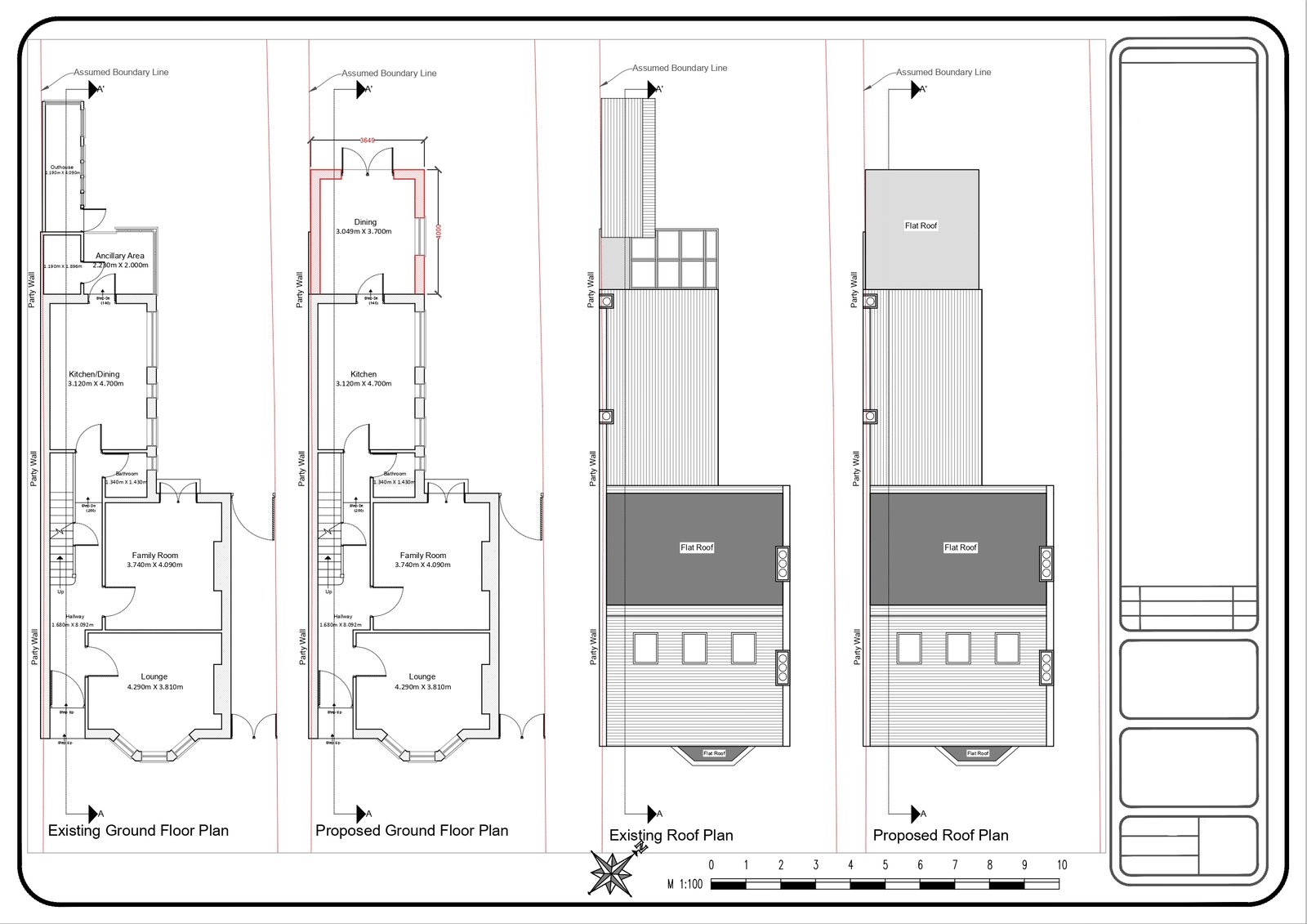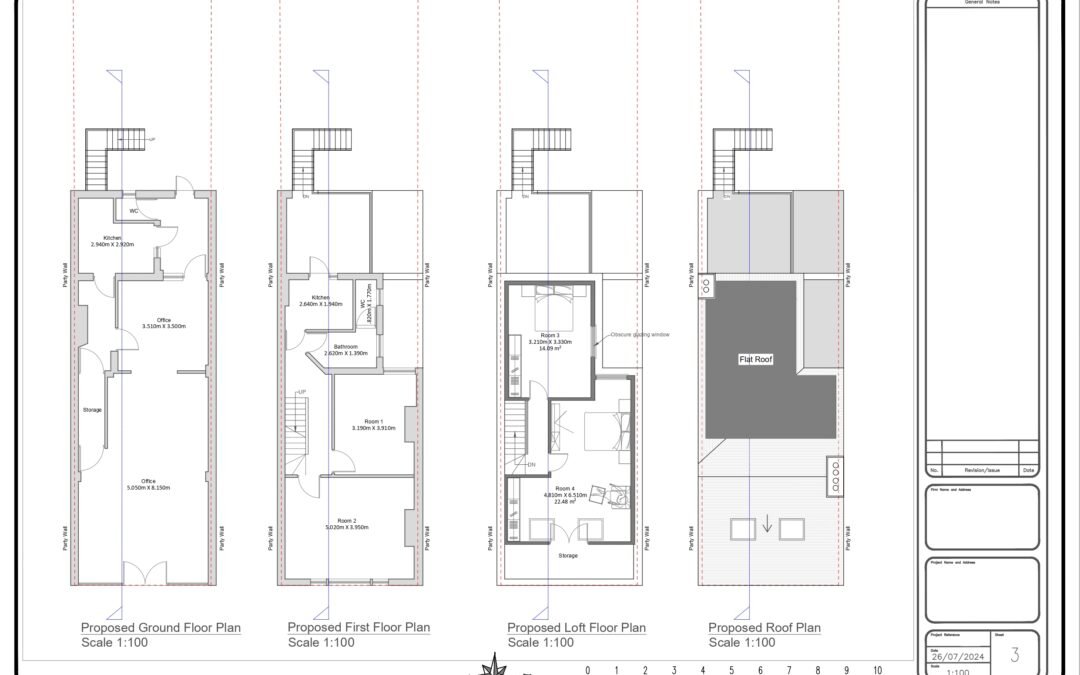Introduction
Architectural drawing plans are the blueprint of every successful construction or renovation project. They serve as a universal language for architects, engineers, contractors, and stakeholders, translating complex design ideas into clear, actionable diagrams. However, for those unfamiliar with the symbols, scales, and annotations, these plans can appear daunting.
In this guide, we will break down the basics of architectural drawing plans, explain key elements, and provide practical tips on how to read and interpret them effectively. Whether you’re a property owner, contractor, or aspiring architect, this article will empower you with the knowledge to confidently navigate architectural plans.
What Are Architectural Drawing Plans?
Architectural drawing plans are detailed, scaled diagrams used to represent a building’s layout, design, and structural elements. These drawings provide precise information about:
-
Dimensions and Measurements: Accurate details on room sizes and spaces.
-
Spatial Relationships: How rooms and spaces connect.
-
Structural Components: Placement of walls, doors, windows, and load-bearing elements.
-
Utilities: Locations of plumbing, electrical systems, and HVAC.
Types of Architectural Drawing Plans
-
Floor Plans: Overhead view showing room layouts, walls, doors, and windows.
-
Elevation Plans: Vertical views showing the exterior and interior walls.
-
Section Plans: Cross-sectional views showing details of structural elements.
-
Site Plans: A bird’s-eye view of the entire property and its surroundings.
-
Reflected Ceiling Plans (RCP): Shows lighting fixtures and ceiling details.
-
Detail Drawings: Zoomed-in views of specific construction details.
Understanding Key Symbols and Legends
1. Walls and Partitions
-
Thick Solid Lines: Represent structural walls.
-
Thin Solid Lines: Represent non-structural partitions.
2. Doors and Windows
-
Doors: Shown as arcs indicating swing direction.
-
Windows: Represented as breaks in walls with lines showing glass panels.
3. Stairs
-
Represented by parallel lines with arrows indicating the direction of ascent.
4. Furniture and Fixtures
-
Symbols for sinks, toilets, bathtubs, and furniture placements.
5. Annotations and Dimensions
-
Dimensions: Numbers showing lengths and widths.
-
Annotations: Notes providing additional information about specific features.
6. Scale and Orientation
-
Scale: Found in the title block (e.g., 1:50, 1:100).
-
North Arrow: Indicates the building’s orientation.
How to Read an Architectural Plan Step-by-Step
Step 1: Start with the Title Block
The title block contains essential information such as:
-
Project name and address.
-
Drawing number and sheet title.
-
Scale used.
-
Architect or firm responsible.
Step 2: Understand the Scale
Architectural plans are drawn to scale (e.g., 1:50 means 1 unit on the plan represents 50 units in real life). Always check the scale before interpreting measurements.
Step 3: Identify the Key Plan Elements
-
Start with structural walls.
-
Look for entry points (doors, windows).
-
Identify rooms and their functions.
Step 4: Follow the Dimensions
Dimensions are usually shown in millimeters (in the UK) or feet/inches (in the US). Pay attention to:
-
Room sizes.
-
Wall thickness.
-
Ceiling heights.
Step 5: Study Symbols and Legends
Use the plan’s legend to interpret symbols for furniture, fixtures, and utilities.
Step 6: Analyze Room Flow and Circulation
-
Observe how spaces connect.
-
Identify functional zones (e.g., living, dining, workspace).
Step 7: Review Elevations and Sections
Elevations show wall designs, materials, and window/door placements. Sections provide insight into internal structural details.
Common Challenges When Reading Architectural Plans
-
Misinterpreting Scale: Always verify the scale before taking measurements.
-
Ignoring Legends: Symbols vary between projects; refer to the legend.
-
Overlooking Sections and Elevations: These often contain critical details.
-
Failing to Consider Orientation: North arrows ensure proper spatial understanding.
-
Neglecting Annotations: Important notes are often included as annotations.

Practical Tips for Reading Architectural Plans
-
Use a Ruler and Scale: Invest in an architectural scale ruler.
-
Start with an Overview: Get a general sense of the layout before diving into details.
-
Work with a Checklist: Identify key elements (e.g., walls, doors, windows, dimensions).
-
Ask Questions: If you’re unsure, consult the architect or designer.
-
Practice Regularly: Familiarity grows with repeated exposure.
Why Accurate Interpretation Matters
1. Avoid Costly Mistakes
Misreading plans can lead to errors during construction, increasing costs and delays.
2. Streamlined Communication
Clear understanding ensures smooth collaboration between architects, contractors, and clients.
3. Regulatory Compliance
Accurate interpretation helps ensure compliance with local building codes and standards.
Learn more about Building Codes on Wikipedia
The Role of Professionals in Plan Interpretation
While anyone can learn to read architectural plans, professionals bring expertise that prevents costly mistakes:
-
Architects: Design the plans.
-
Contractors: Execute the design.
-
Surveyors: Verify accuracy on-site.
-
Project Managers: Ensure alignment with goals.
Why Choose Plan Craft Daily for Architectural Drawings?
At Plan Craft Daily, we specialize in delivering:
-
Clear and Accurate Plans: Compliant with UK building regulations.
-
Professional Guidance: From drafting to interpretation.
-
Measured Site Surveys: Ensuring precise data collection.
-
Custom Solutions: Tailored to unique project requirements.
“Every successful project begins with understanding its blueprint. Trust us to guide you every step of the way.”
Conclusion
Understanding architectural drawing plans is a vital skill for anyone involved in construction, renovation, or property management. With the ability to interpret these blueprints accurately, stakeholders can ensure projects run smoothly, resources are used efficiently, and costly mistakes are avoided.
At Plan Craft Daily, we provide not only high-quality architectural plans but also the expertise to help you understand and utilize them effectively. Start your next project with clarity and confidence.
Get Started Today
Need help understanding or creating architectural plans? Visit Plan Craft Daily and let us guide your project from blueprint to reality.
